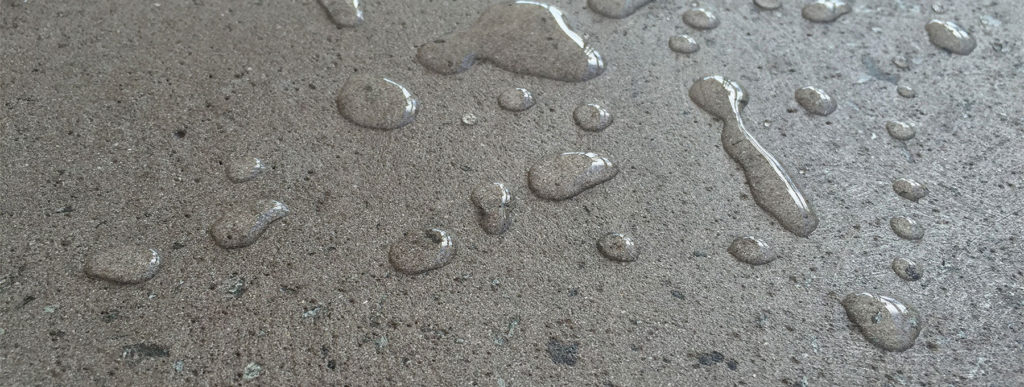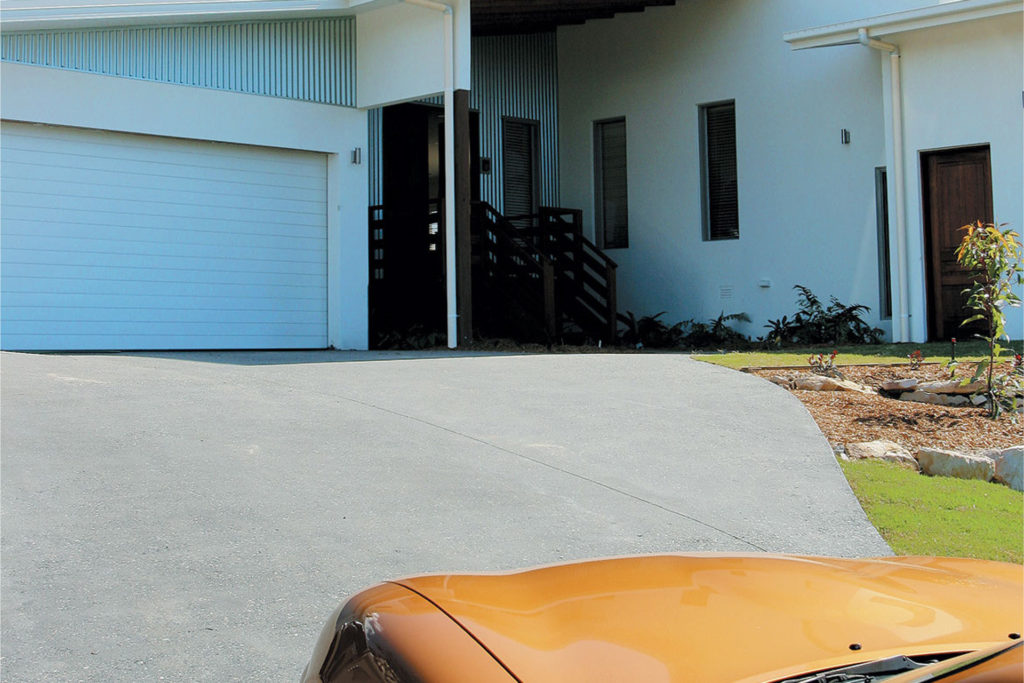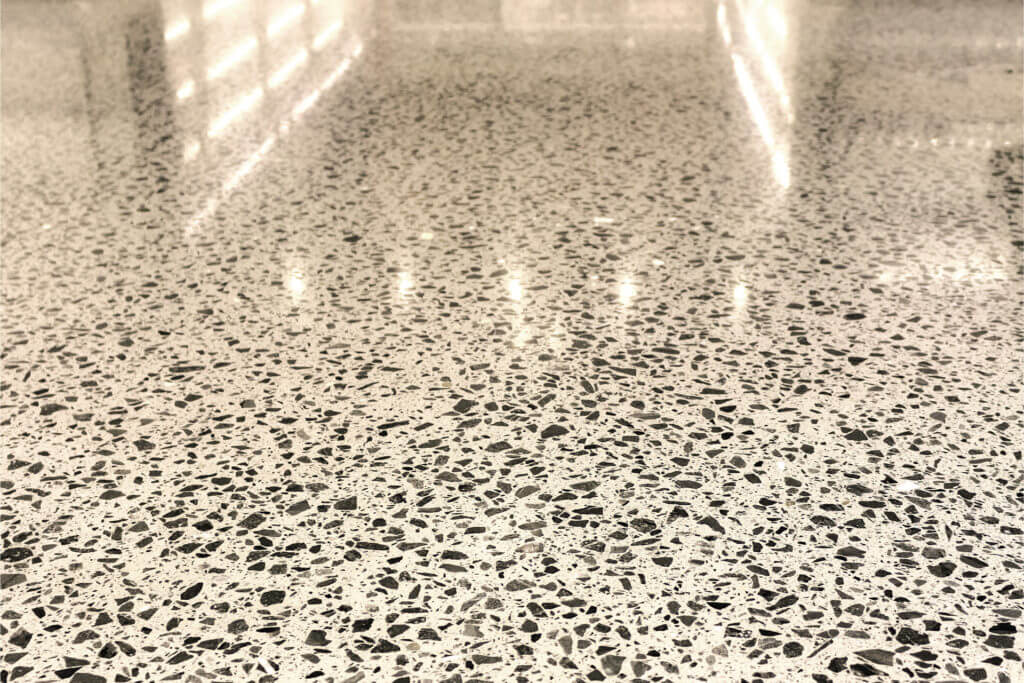Successfully sealing concrete with a solvent-based resin acrylic sealer involves a few key elements. Following best practice can help to provide a trouble-free application, project satisfaction and a content customer.
Understand the properties of the concrete to be sealed
It is helpful to identify the MPa (megapascals) of the concrete (its strength capacity), how was it was finished, its age (including if it’s new or existing), and if curing compounds were used. This information will impact on the choice of sealer and the amount and method of preparation required.
Environment and weather considerations
Temperature, wind speed and time of day all have an impact on applying the sealer. Sealing should only be undertaken between 10⁰C and 32⁰C and wind speed should be less than 12 knots.
Preparation of the concrete substrate
Whether old or new concrete, plain, coloured, resurfaced, stencilled, or stamped; the concrete must be correctly prepared so it will accept the sealer. Preparation is vastly different for old and new concrete. To learn more about concrete substrate preparation, read our blog on it.
Choose a suitable product
As the saying goes “you get what you pay for”, so consider the reputation of the brand and sealer. And if you are unsure, call us on 1800 077 744 and one of our technical specialists can help you make the right selection.
Sealers that have a higher level of solvent and little resin will not last.
Use the product’s Technical Data Sheet (TDS)
The product’s TDS will contain everything that you need to know about the sealer, application method/s, cleaning, storage and more. Have a good read of this document before applying the product.
Choose suitable application equipment
The equipment used is determined by several factors, such as the type of concrete, the size of the job and the weather conditions. The product’s TDS may also provide guidance on the best equipment to use in the application process.
Use the correct application method
Whether spraying, rolling or brooming the sealer, there is one golden rule…thin coats are best. Refer to the product’s TDS more specifics on the best application method/s to use.
Ensure proper product drying times
Allow the sealer the recommended time to dry between coats, and before pedestrian and/or vehicular traffic is permitted. You will find this in the product TDS.
Clean and maintain the sealed concrete
It is a misconception that sealed concrete does not need to be cleaned and maintained. Provide a guide to the customer so they understand how to look after the surface. Also provide an estimate of when the concrete will need to be resealed which is usually about 18 months depending on traffic.
Considering the above elements will help to achieve a successful outcome for the project and avoid reapplication of the sealer.
If you need technical assistance with your project, send us an email, give us a call on 1800 077 744, or message us on live chat.
Looking for an acrylic sealer for your next project? Browse the CCS range of Acrylic Sealers here.





